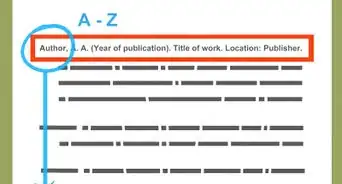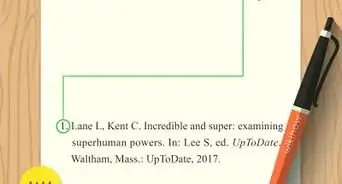This article was co-authored by wikiHow staff writer, Megaera Lorenz, PhD. Megaera Lorenz is an Egyptologist and Writer with over 20 years of experience in public education. In 2017, she graduated with her PhD in Egyptology from The University of Chicago, where she served for several years as a content advisor and program facilitator for the Oriental Institute Museum’s Public Education office. She has also developed and taught Egyptology courses at The University of Chicago and Loyola University Chicago.
There are 12 references cited in this article, which can be found at the bottom of the page.
This article has been viewed 112,264 times.
Learn more...
The Chicago Manual of Style has 2 distinct citation formats: Author-Date, which uses in-text citations, and Notes-Bibliography (NB), which uses footnotes or endnotes. Author-Date citations are more commonly used in the sciences and social sciences, while the NB style is more standard for works in the arts, history, and humanities.[1] While both styles use similar formatting for bibliographies (NB) or reference lists (Author-Date), there are minor differences. Before choosing a style, talk to your instructor, editor, or publisher about which format you should use for your work.
Steps
Using Author-Date In-Text Citations
-
1Put the author's last name and year of publication in parentheses. Place the citation directly after the information you wish to cite, inside any punctuation. Put a space between the author's name and the date, but don't use a comma.[2]
- For example: (Schmidt 1935).
- If you don't know the name of the author, use the name of the organization that published the text or a shortened version of the title in place of the author's name. For example: (Society for Psychical Research 1935) or (“Mystery of a Talking Wombat” 1935).[3]
- Don't include the author's name in parentheses if you've already mentioned it in the sentence with the citation. Instead, simply give the date (and page numbers, if applicable). For example: “John Schmidt (1935, 217-218) claimed that a talking wombat inhabited the walls of his Illinois farmhouse for over a decade.”
-
2Separate the names of 2 or 3 authors with commas. If the work you're citing has 2 to 3 authors, place all their last names in parentheses before the date of publication. Put commas between the authors' names, but not between the final author's name and the date. List the authors in the order in which they're given in the publication.[4]
- For example: (Schmidt, Bjorn, and Prince 1941).
Advertisement -
3Write the first author's name and “et al.” when citing 4 or more authors. If the publication you're citing has 4 or more authors, include only the surname of the first author listed, followed by et al. and the date. Don't use any commas.[5]
- For example: (Schmidt et al. 1937).
-
4Use first initials to distinguish multiple authors with the same last name. It can get confusing if you're citing several authors who share surnames. Keep the distinction clear by placing the first initial of each author before their name in the citation.[6]
- For example: (J. Schmidt 1935), (V. Schmidt 1972).
-
5Distinguish multiple publications with the same author and date by using letters. If you're citing more than 1 text by the same author published in the same year, you will need to make a clear distinction between each publication. Do this by assigning lowercase letters to each publication and placing them after the date in your citations.[7]
- For example: (Schmidt 1935a), (Schmidt 1935b).
- Before assigning letters, alphabetize these sources by title (which is also how they will be listed in your bibliography). Assign the letters in order so that the first source is a, the second is b, and so on.
-
6Separate multiple citations with semicolons. If you want to cite information that you got from multiple sources, you can list your sources together in the same parenthetical citation. List each source as you normally would (Author Date), but place a semicolon between each source.[8]
- For example: (Schmidt 1935; Bjorn 1946).
-
7Include page numbers when you're citing specific passages. If you are citing a specific passage from your source, localize the information as clearly as possible in your citation by using page numbers or other information (such as the chapter number). Place the page number or other location information after the date, separated with a comma.[9]
- For example: (Schmidt 1935, 217-310).
- If you are making a very general statement about the contents of your source, you don't have to include location information.
- Aside from page numbers, you can also specify other types of location information, such as chapter number, document number, or figure number. For example: (Prince 1932, chap. 15) or (Bjorn et al. 1946, doc. 27).
Making Notes in the Notes-Bibliography System
-
1Place a number in superscript after the information you wish to cite. Unlike the Author-Date style, the Notes-Bibliography (NB) system uses footnotes or endnotes instead of parenthetical citations. The superscript number for each note will match with the number of the corresponding note at the bottom of the page (if you're using footnotes) or the end of your work (if you're using endnotes). Typically, the number should be placed at the end of the relevant sentence or clause, outside of any punctuation.[10]
- For example: “Schmidt's daughter, Viola, was the first person to report the phenomena.”1
- Footnotes and endnotes allow you to provide more complete citations than the parenthetical style used in the Author-Date system. You can also use these notes to provide additional information that you don't want to put in the main text. Both systems include a full reference list at the end, typically called a “Bibliography” in the NB system.
- Most word processing programs have tools to help you format footnotes and endnotes. For example, if you're using MS Word, you can insert notes into the text using the “references” tab.
-
2Start the note with the author's first and last name. Once you have added the note number into your text at the point where you want a citation, place a corresponding footnote at the bottom of the page. If you're using endnotes, place the notes in order by number at the end of the work. The note itself will begin with the name(s) of the author(s). Don't invert the names (Last, First) as you would in your bibliography.[11]
- For example: 1. Viola Schmidt
- If there 2 to 3 authors, list them in the same order used in the publication, separated by commas. For example: 15. John Schmidt, Maureen Schmidt, and Harlan Prince
- For 4 or more authors, list only the name of the first author, followed by et al.[12] For example: 27. Njord Bjorn et al.
-
3Follow the author name(s) with the title of the source. Put the title directly after the name(s) of the author(s), separated by a comma. If you're citing a book, put the title in italics. For an article or chapter title, place the title in quotation marks. All titles should be capitalized in headline style.[13]
- For example, if you are citing an article: 1. John Schmidt, “Mystery of a Talking Wombat”
- For a book: 17. Njord Bjorn, My Experiences at Schmidt Farm
- If you're citing a chapter from an edited book, place the book title and the editor's name after the chapter title. For example: 24. Bella Baylish, “An Overview of Wombat Folklore,” in The Enigma of Jules the Wombat, ed. George Finch
-
4Put publication information in parentheses after the title for book citations. Publication information includes the place of publication, the name of the publishing company, and the date of publication. Place all these in parentheses immediately after the title, using this format: (City: Publishing Company, Year).[14]
- For example: 17. Njord Bjorn, My Experiences at Schmidt Farm (London: Not a Real Publisher, 1946)
-
5Include the journal title, issue, number, and date for articles. If your source was published in a journal, you will need to provide additional information about the publication. After the title of the article, provide the title of the periodical in italics, followed by the volume and issue numbers (if applicable). Then, place the date in parentheses.[15]
- For example: 1. John Schmidt, “Mystery of a Talking Wombat,” Bulletin of the Illinois Society for Psychical Research 217, no. 2 (February 1935)
- The formatting is somewhat different for other types of periodical publications, such as an article in a newspaper or magazine. In these cases, the title of the periodical is followed by the month, day, and year of publication. For example: The Naperville Times, February 15, 1935.
-
6Wrap up your note with page numbers or other location information. If you are citing a specific passage, chapter, or section of a text, include the page numbers or other location details after the publication information. Put this information outside the parentheses around the book publication information or journal publication date.[16]
- If you are citing a book or book chapter, put the page numbers or location information after a comma. For example: 17. Njord Bjorn, My Experiences at Schmidt Farm (London: Not a Real Publisher, 1946), chap. 15.
- If you are citing a journal article, put a colon before the page numbers. For example: 1. John Schmidt, “Mystery of a Talking Wombat,” Bulletin of the Illinois Society for Psychical Research 217, no. 2 (February 1935): 275-278.
-
7Add a URL if you're using an online resource. Place the web address for the cited text after the page numbers in your note. If you're using an electronic journal article, use the article's DOI (Digital Object Identifier) if it has one. This is a unique identifier that also serves as a permanent URL (web address) for the article or other electronic resource.[17] If you don't see the DOI listed somewhere near the top of the article, you can look it up here: https://search.crossref.org/
- For example: 1. John Schmidt, “Mystery of a Talking Wombat,” Bulletin of the Illinois Society for Psychical Research 217, no. 2 (February 1935): 275-278, https://doi.org/10.xxxx/xxxxxx.
- Some older or more obscure periodicals may not have DOIs. If you can't find one on the article or at crossref.org, just use the web address that you accessed to read the article.
-
8Put a period at the end of the citation. Once you've included all the information you need, close off your citation with a period. If your citation includes page numbers or a URL, the period should go after that. Otherwise, you can place the period directly after the publication information.[18]
- For example, if you are citing specific pages in a book, your full citation would look like this: 12. Njord Bjorn, My Experiences at Schmidt Farm (London: Not a Real Publisher, 1946), 21-22.
- For a more general citation (without page numbers): 12. Njord Bjorn, My Experiences at Schmidt Farm (London: Not a Real Publisher, 1946).
-
9Create an abbreviation for subsequent references. If you cite the same source more than once, create a shortened version of the title to use after the first note. This shortened reference will consist of the last name of the author(s), a clearly identifying word or 2 from the title, and the page numbers or other location you are currently citing.[19]
- For example: Baylish, “Wombat Folklore,” fig. 3.
Creating Your Reference List in Author-Date Style
-
1List your entries in alphabetical order by author. Arrange each entry according to the last name of the author. Place the author's surname first, followed by their first name after a comma.[20]
- For example: Schmidt, John.
- If there are multiple authors, only invert the first and last names of the first author listed. For example: Schmidt, John, and Njord Bjorn.
- If there are 10 or fewer authors for a particular source, list the names of all the authors in the reference list entry. If there are more than 10 authors, list the first 7, followed by et al.[21]
- If you have multiple works by the same author, put them in chronological order. List the author's name only for the first entry, and then use 3 em-dashes followed by a period (———.) at the start of each following entry in place of the author's name.[22]
- For multiple works by the same author in the same year, distinguish each entry by adding a lowercase letter to the date (for example, 1935a, 1935b, and so on). Arrange these entries in alphabetical order by title.
-
2Put the year of publication between the author name and the title. In Author-Date style, the author's name is immediately followed by the date, separated by a period. The date is then followed by the title of the publication. This is true no matter what kind of source you are citing (e.g., book, book chapter, or periodical title).[23]
- For example: Schmidt, John. 1935. “The Mystery of a Talking Wombat.”
-
3Write publication information after the title if you're citing a book. Follow the title of a book with the place of publication and the name of the publishing company.[24] Separate the publication information from the title with a period.
- For example: Bjorn, Njord. 1946. My Experiences at Schmidt Farm. London: Not a Real Publisher.
- If the book is part of a multi-volume set, put the volume number after the title and before the publication information. Include the volume subtitle if there is one. E.g., Bjorn, Njord. 1946. My Experiences at Schmidt Farm. Vol. 2, The Investigation. London: Not a Real Publisher.
- You can also include information such as the name of a translator (if applicable) or the edition number after the title. For example: Bjorn, Njord. 1946. My Experiences at Schmidt Farm, 2nd ed. Translated by Richard Little. London: Not a Real Publisher.[25]
-
4Follow book chapter titles with the book title, editor and page range. Immediately after a book chapter title, write the book title, the name(s) of the editor(s), and the page range in the following format: In Book Title, edited by First Name Last Name, xxx-xxx.[26] Write the publication information after the page range.
- For example: Baylish, Bella. 2018. “An Overview of Wombat Folklore.” In The Enigma of Jules the Wombat, edited by George Finch, 125-162. New York: J. Q. Abernathy and Sons.
-
5Place journal title, volume, and location information after an article title. If you are citing an article from a journal, all information about the publication goes after the article title. Use the format Journal Title volume number, issue number (month/season): page range.[27] If you have a URL or DOI for the article, put it after the page range.
- “Page range” refers to the page numbers for the entire article within the periodical. For example, your article may appear on pages 275-278 of the journal you are citing.
- For example: Schmidt, John. 1935. “Mystery of a Talking Wombat.” Bulletin of the Illinois Society for Psychical Research 217, no. 2 (February): 275-278. https://doi.org/10.xxxx/xxxxxx.
- If you're citing a periodical such as a newspaper or magazine, put the year date at the end of the citation as well as after the author's name. These citations typically do not include page ranges. For example: Whiffle, Ferdinand. 1935. “The Wombat of Schmidt Farm.” Naperville Times, February 15, 1935.
Writing Your Bibliography in Notes-Bibliography Style
-
1Put bibliography entries in alphabetical order by author. Alphabetize these entries by the authors' surnames. Write the author's last name first, and separate it from their first name with a comma.[28]
- For example: Prince, Harlan.
- If the work has more than one author, invert the first author's name, but not those of subsequent authors. For example: Prince, Harlan, and Njord Bjorn.
- If your citation has 10 or fewer authors, list all of them in the bibliography entry. For works with more than 10 authors, list the first 7, followed by et al.[29]
- Arrange multiple works by the same author in alphabetical order by title. List the author's name for the first entry, but write 3 em-dashes followed by a period (———.) instead at the start of each following entry.[30]
-
2Write the title after the author's name. If you're using NB style, the date goes at or near the end of the citation. Follow the author's name immediately with the title of the work, separated by a period. Put another period after the title.[31]
- For example, if you are citing an article in a periodical or a chapter in a book: Schmidt, John. “The Mystery of a Talking Wombat.”
- If you are citing a book: Bjorn, Njord. My Experiences at Schmidt Farm.
-
3Put publication information after the title when you cite a book. Write the place of publication, the name of the publishing company, and the year of publication immediately after the title. Do not put this information in parentheses as you would in a note.[32] Put a period between the title and the publication information.
- For example: Bjorn, Njord. My Experiences at Schmidt Farm. London: Not a Real Publisher, 1946.
- If the book has a volume number, write it after the title and before the publication information. If there's a volume subtitle, put it after the volume number. E.g., Bjorn, Njord. My Experiences at Schmidt Farm. Vol. 2, The Investigation. London: Not a Real Publisher, 1946.
- Additional information about the book, such as the name of a translator or the edition number, can also go after the title and before the publication information. For example: Bjorn, Njord. My Experiences at Schmidt Farm, 2nd ed. Translated by Richard Little. London: Not a Real Publisher, 1946.[33]
-
4Write the book title, editor and page range after a book chapter title. If you're citing a chapter of a book, you will also need to include the book title, the name(s) of the editor(s), and the page range of the chapter. Place this information right after the chapter title in the following format: In Book Title, edited by First Name Last Name, xxx-xxx.[34] Write the publication information after the page range.
- For example: Baylish, Bella. “An Overview of Wombat Folklore.” In The Enigma of Jules the Wombat, edited by George Finch, 125-162. New York: J. Q. Abernathy and Sons, 2018.
-
5Follow an article title with the journal title, volume, and location information. When you cite an article, place information about the publication immediately after the title. Use the format Journal Title volume number, issue number (month/season year): page range.[35] Place a URL or DOI after the page range if applicable.
- For example: Schmidt, John. “Mystery of a Talking Wombat.” Bulletin of the Illinois Society for Psychical Research 217, no. 2 (February 1935): 275-278. https://doi.org/10.xxxx/xxxxxx.
- If you're citing a periodical such as a newspaper or magazine, put the year date at the end of the citation without parentheses. For example: Whiffle, Ferdinand. “The Wombat of Schmidt Farm.” Naperville Times, February 15, 1935.
Expert Q&A
Did you know you can get premium answers for this article?
Unlock premium answers by supporting wikiHow
-
QuestionWhat are some general tips for creating a reference page or a bibliography?
 Diane StubbsDiane Stubbs is a Secondary English Teacher with over 22 years of experience teaching all high school grade levels and AP courses. She specializes in secondary education, classroom management, and educational technology. Diane earned a Bachelor of Arts in English from the University of Delaware and a Master of Education from Wesley College.
Diane StubbsDiane Stubbs is a Secondary English Teacher with over 22 years of experience teaching all high school grade levels and AP courses. She specializes in secondary education, classroom management, and educational technology. Diane earned a Bachelor of Arts in English from the University of Delaware and a Master of Education from Wesley College.
Secondary English Teacher It really comes down to reading a rule, looking at an example, and then applying it to your own information. You have to pay attention to everything, such as, whether or not punctuation is included, whether or not there is an extra space, or whether or not something should be capitalized or italicized. Most times in bibliographies, the rules do not follow the standard conventions of English, so you cannot rely on your knowledge of the capitalization rules. You can find tools that will help you create the reference page, but in the long run, you are your best source.
It really comes down to reading a rule, looking at an example, and then applying it to your own information. You have to pay attention to everything, such as, whether or not punctuation is included, whether or not there is an extra space, or whether or not something should be capitalized or italicized. Most times in bibliographies, the rules do not follow the standard conventions of English, so you cannot rely on your knowledge of the capitalization rules. You can find tools that will help you create the reference page, but in the long run, you are your best source. -
QuestionHow do I cite primary sources in a research paper?
 wikiHow Staff EditorThis answer was written by one of our trained team of researchers who validated it for accuracy and comprehensiveness.
wikiHow Staff EditorThis answer was written by one of our trained team of researchers who validated it for accuracy and comprehensiveness.
Staff Answer wikiHow Staff EditorStaff AnswerThis depends partially on the format of the source. The essential elements to include are the author or creator name (if known), the title of the work, format of the work, publication information, if applicable (place, company, and date), and the source of your document (e.g. a collection of private papers, museum, library archive, etc.). Include a URL if you found the document online. For example: Franklin, Benjamin. “Join or Die.” Illustration. The Pennsylvania Gazette, May 9, 1754. From Library of Congress Prints and Photographs Division.
wikiHow Staff EditorStaff AnswerThis depends partially on the format of the source. The essential elements to include are the author or creator name (if known), the title of the work, format of the work, publication information, if applicable (place, company, and date), and the source of your document (e.g. a collection of private papers, museum, library archive, etc.). Include a URL if you found the document online. For example: Franklin, Benjamin. “Join or Die.” Illustration. The Pennsylvania Gazette, May 9, 1754. From Library of Congress Prints and Photographs Division. -
QuestionHow do I cite the same source twice in the Chicago style format?
 Community AnswerIf you mean within a paper, you cite it the same way the second time as you did the first. If you mean on the reference page, you only cite it once.
Community AnswerIf you mean within a paper, you cite it the same way the second time as you did the first. If you mean on the reference page, you only cite it once.
References
- ↑ https://libguides.williams.edu/citing/chicago-author-date
- ↑ https://libguides.williams.edu/citing/chicago-author-date#s-lg-box-12037252
- ↑ https://libguides.williams.edu/citing/chicago-author-date#s-lg-box-12037254
- ↑ https://libguides.williams.edu/citing/chicago-author-date#s-lg-box-12037252
- ↑ https://www.chicagomanualofstyle.org/tools_citationguide/citation-guide-2.html
- ↑ https://libguides.williams.edu/citing/chicago-author-date#s-lg-box-12037252
- ↑ https://libguides.williams.edu/citing/chicago-author-date#s-lg-box-12037252
- ↑ https://libguides.williams.edu/citing/chicago-author-date#s-lg-box-12037252
- ↑ https://www.chicagomanualofstyle.org/tools_citationguide/citation-guide-2.html
- ↑ https://libguides.williams.edu/citing/chicago-notes#s-lg-box-10935692
- ↑ https://libguides.williams.edu/citing/chicago-notes#s-lg-box-10935692
- ↑ https://www.chicagomanualofstyle.org/tools_citationguide/citation-guide-1.html
- ↑ https://libguides.williams.edu/citing/chicago-notes#s-lg-box-10935692
- ↑ https://www.chicagomanualofstyle.org/tools_citationguide/citation-guide-1.html
- ↑ https://owl.purdue.edu/owl/research_and_citation/chicago_manual_17th_edition/cmos_formatting_and_style_guide/chicago_manual_of_style_17th_edition.html
- ↑ https://owl.purdue.edu/owl/research_and_citation/chicago_manual_17th_edition/cmos_formatting_and_style_guide/chicago_manual_of_style_17th_edition.html
- ↑ https://www.chicagomanualofstyle.org/tools_citationguide/citation-guide-1.html
- ↑ https://www.chicagomanualofstyle.org/tools_citationguide/citation-guide-1.html
- ↑ https://www.chicagomanualofstyle.org/tools_citationguide/citation-guide-1.html
- ↑ https://www.chicagomanualofstyle.org/tools_citationguide/citation-guide-1.html
- ↑ https://www.chicagomanualofstyle.org/tools_citationguide/citation-guide-2.html
- ↑ http://libanswers.snhu.edu/faq/129372
- ↑ https://www.chicagomanualofstyle.org/tools_citationguide/citation-guide-2.html
- ↑ https://liu.cwp.libguides.com/c.php?g=45846&p=291620
- ↑ https://libguides.tru.ca/c.php?g=194004&p=1277091
- ↑ https://www.chicagomanualofstyle.org/tools_citationguide/citation-guide-2.html
- ↑ https://www.chicagomanualofstyle.org/tools_citationguide/citation-guide-2.html#cg-journal
- ↑ https://owl.purdue.edu/owl/research_and_citation/chicago_manual_17th_edition/cmos_formatting_and_style_guide/chicago_manual_of_style_17th_edition.html
- ↑ https://www.chicagomanualofstyle.org/tools_citationguide/citation-guide-1.html
- ↑ http://libanswers.snhu.edu/faq/129372
- ↑ https://www.chicagomanualofstyle.org/tools_citationguide/citation-guide-1.html
- ↑ https://www.chicagomanualofstyle.org/tools_citationguide/citation-guide-1.html
- ↑ https://libguides.tru.ca/c.php?g=194004&p=1277091
- ↑ https://www.chicagomanualofstyle.org/tools_citationguide/citation-guide-1.html
- ↑ https://www.chicagomanualofstyle.org/tools_citationguide/citation-guide-1.html#cg-journal
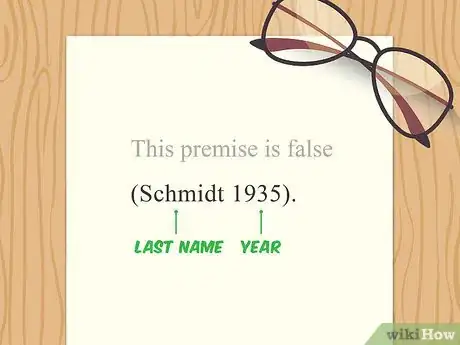
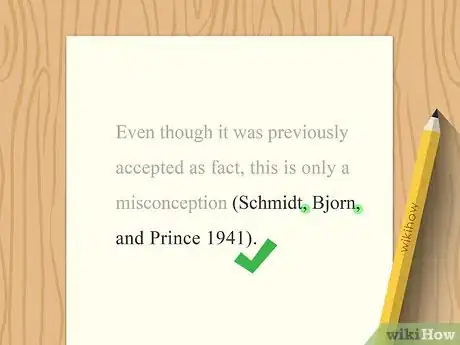
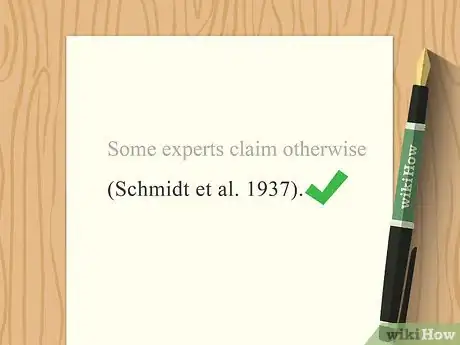
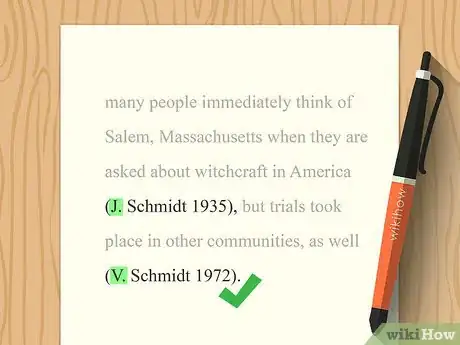
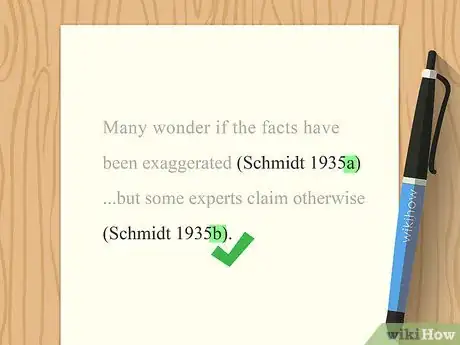
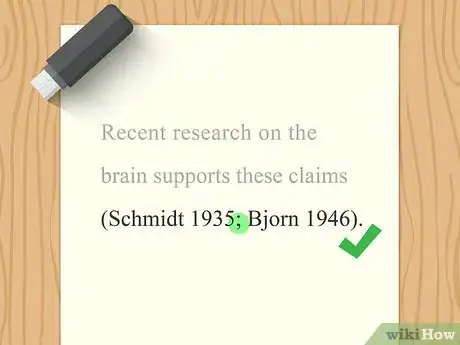
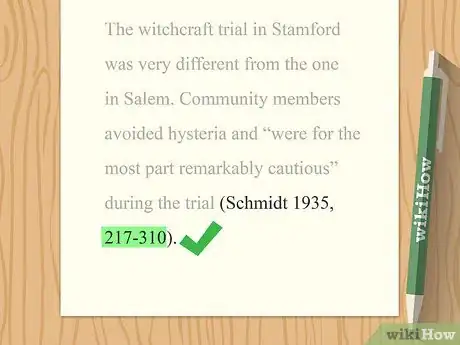
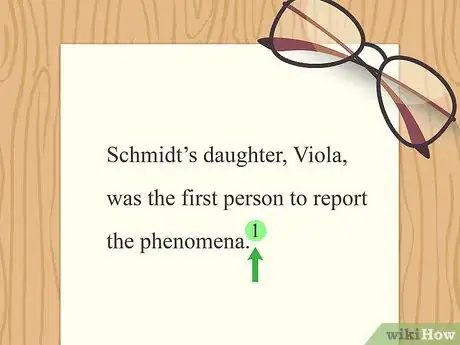
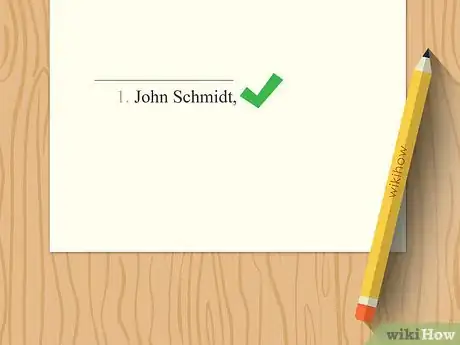

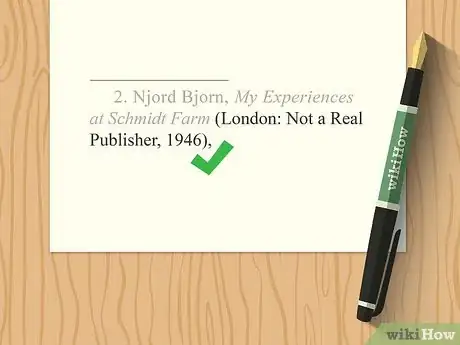
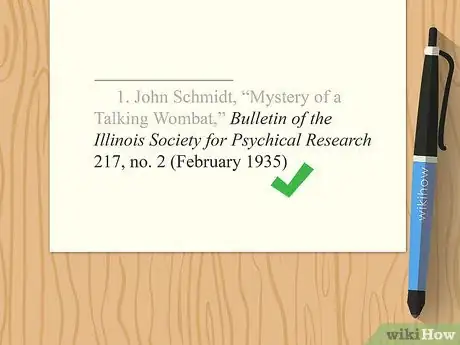
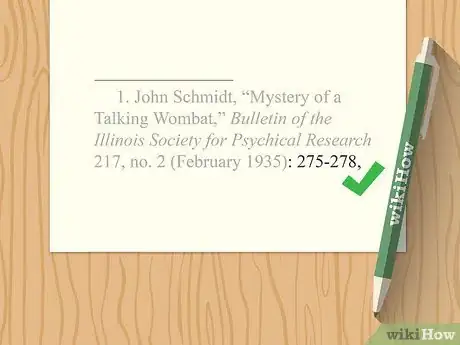
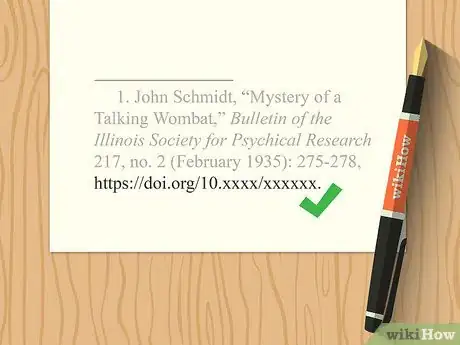
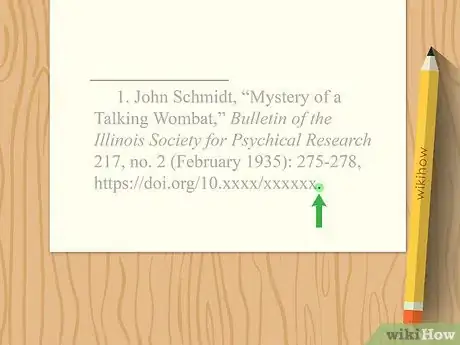
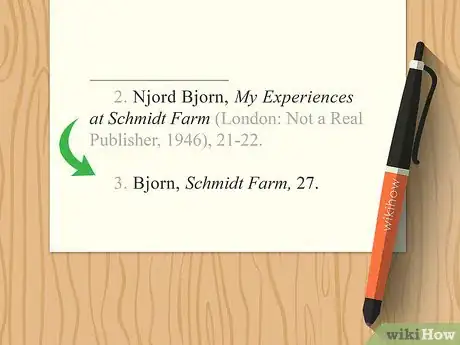


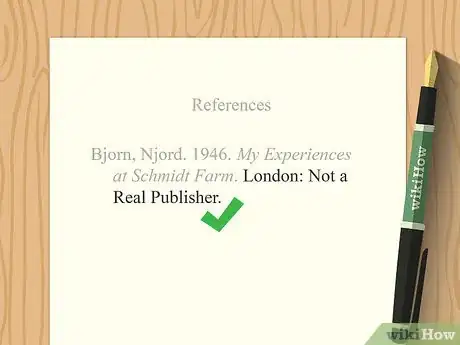
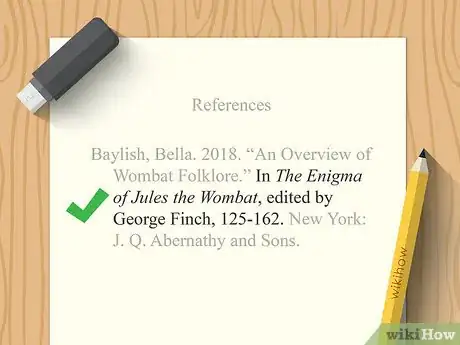
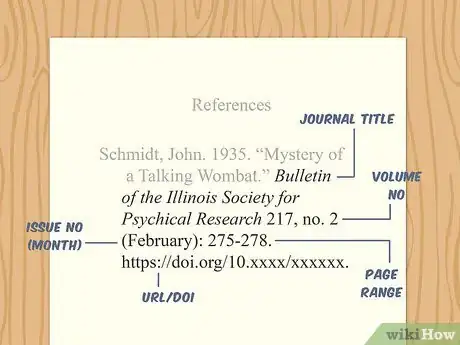
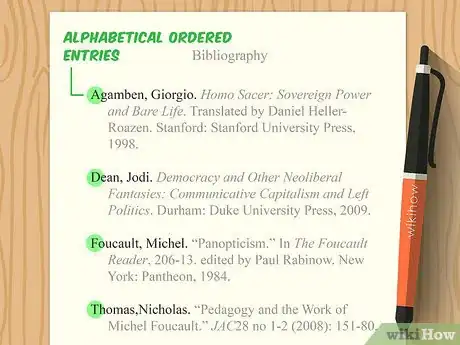
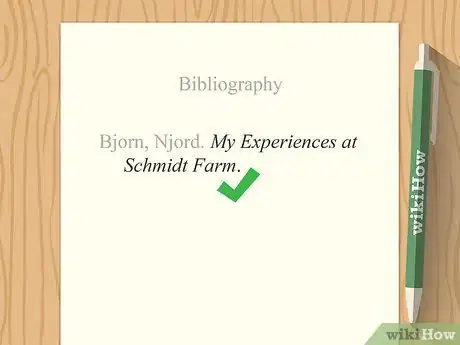
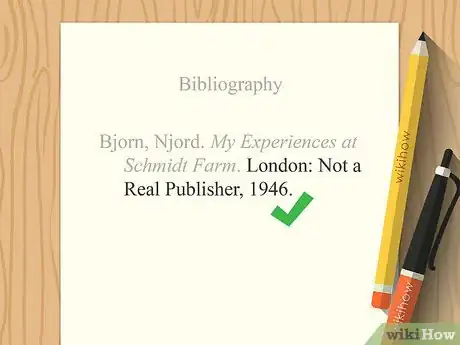

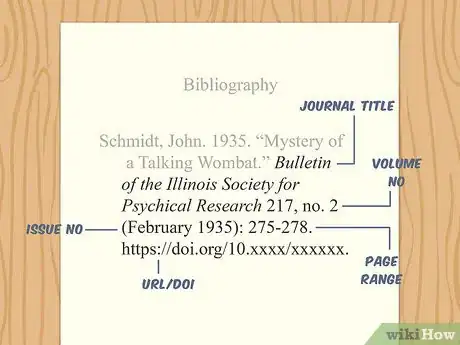

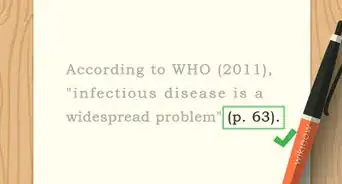

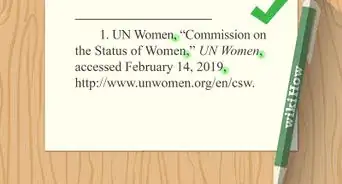

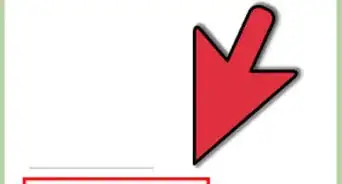
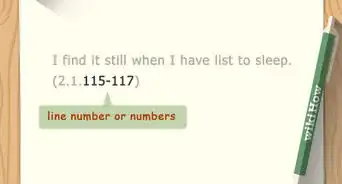
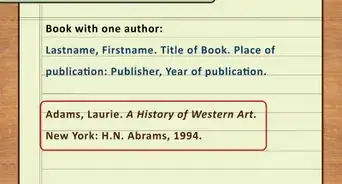

-Step-18.webp)

